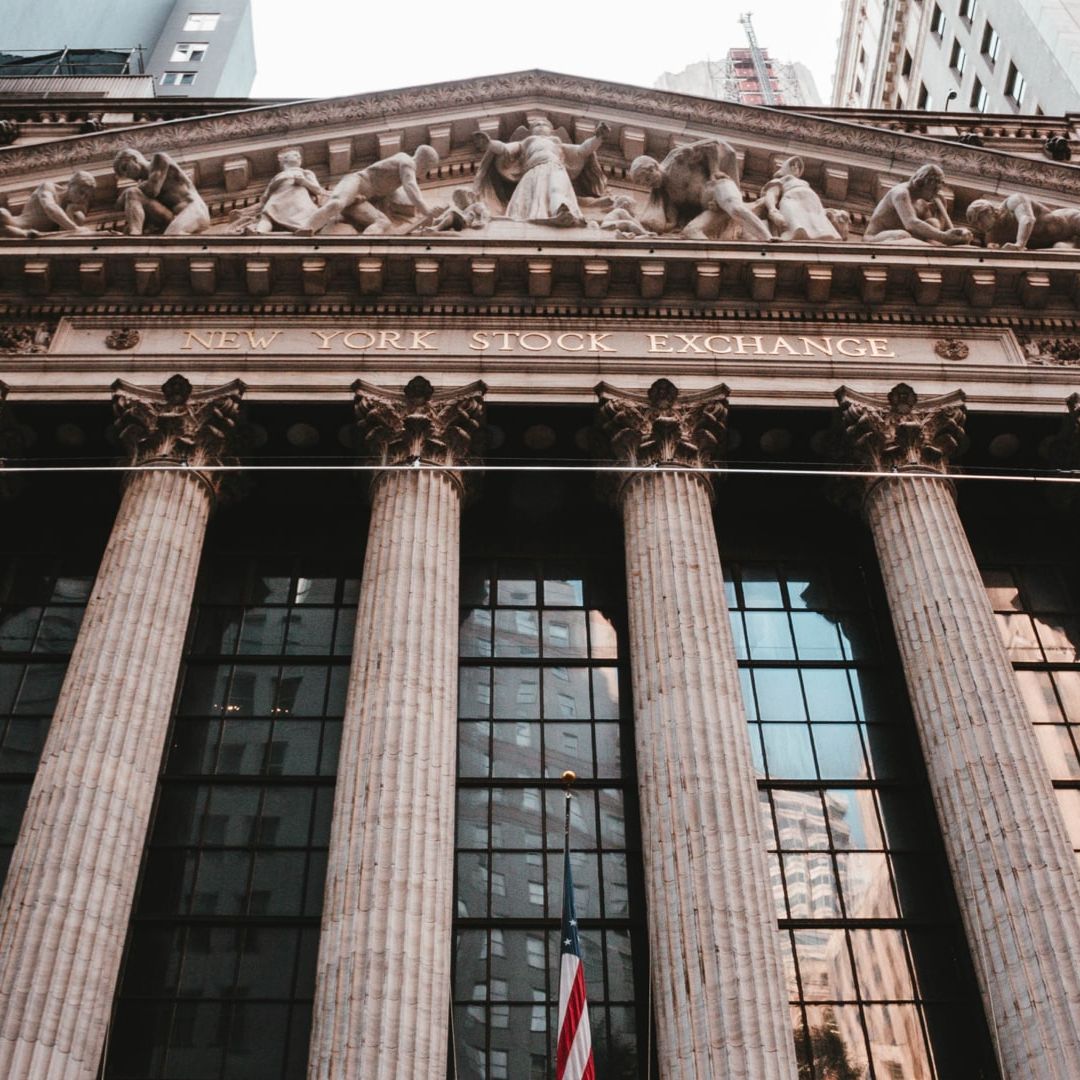Raising Forecasts, Yet Ignoring the Market Reality
As the stock market continues its upward trajectory, Wall Street strategists have been quick to raise their S&P 500 targets. But investors would be wise to exercise caution and not be swayed by these overly optimistic projections.
Shifting Projections
In recent days, Citigroup increased its mid-2024 forecast for the S&P 500 from 4400 to 5000, while Piper Sandler raised its target to 4825 from 4625. Even Morgan Stanley's Mike Wilson, known for his bearish outlook, admitted that the market's rally might be sustainable.
Reality Check
However, it's important to note that the stock market faced some challenges last week. The S&P 500 dropped 2.3%, the Dow Jones Industrial Average fell 1.1%, and the Nasdaq Composite dipped 2.8%. Despite these setbacks, the S&P 500 remains significantly higher than its bear-market low in October. Strategists, who were taken aback by the market's massive rally, have had no choice but to adjust their forecasts accordingly.
The State of the Economy
The recent jobs report confirming only 187,000 added jobs in July, along with downward revisions for previous months, is a clear indication that the economy remains resilient but not strong enough to force unexpected actions from the Federal Reserve. This suggests that a soft landing is still plausible.
Strong Earnings Fuel Optimism
While economic factors may be uncertain, corporate earnings have pleasantly surprised. Amazon.com, in particular, stands out with an impressive 8.3% increase after its latest report. This is significant because the S&P 500's premium valuation demands companies to perform exceptionally well.
Proceed with Caution
Despite the market's impressive performance in the first seven months of this year, it is important not to rush into buying stocks. The S&P 500's current valuation, at over 19 times forward earnings for the next 12 months, suggests that it may be overpriced compared to its starting point at around 15 times forward earnings. Moreover, even tech giant Apple, which played a key role in driving the rally, is showing signs of reaching its peak. Thus, investors must be cautious and avoid succumbing to panic and the fear of missing out.
The Bears are Throwing in the Towel: FOMO Takes Over
By Jacob Sonenshine
As the bears surrender, fear of missing out (FOMO) is taking hold in the market. Michael Arone, chief investment strategist at State Street Global Advisors, expresses his increasing anxiety as this phenomenon unfolds.
Arone's concern stems from the potential for a drawdown. Historical trends support his worries, and it's not just because it's summer—a traditionally weak period for the market. A glance at the average S&P 500 target plotted against the index itself reveals that Wall Street forecasts are, at best, coincidental indicators and, at worst, lagging ones. In fact, in 2022, these forecasts peaked just after the market did in January of that year.
Inevitably, the market always requires a reason to decline. This past week, it found one in surging Treasury yields. Pinpointing the exact cause of this spike is challenging. While some attribute it to Fitch's downgrade of the U.S. credit rating to AA+ from AAA, it's more likely a combination of unexpectedly high debt issuance by the Treasury and robust economic data that prompted investors to reassess their growth projections. All else being equal, higher yields devalue stocks. However, if they don't rise excessively, it could signal a buying opportunity.
Looking ahead to 2024, markets have reason to be optimistic. As of Tuesday, Wells Fargo reported that 61 S&P 500 companies that had announced second-quarter earnings raised their profit guidance, while 23 lowered their outlooks. This positive trend contributes to analysts' expectations of growth in sales and earnings next year.
Doug Bycoff, the chief investment officer of the Bycoff Group, emphasizes that market participants are already positioning themselves for 2024. He states, "If we experience a 5% pullback, we'll be ready to seize the opportunity."
In summary, instead of buying into market hype, it's wiser to capitalize on dips.

Leave A Reply
Your email address will not be published. Required fields are marked *